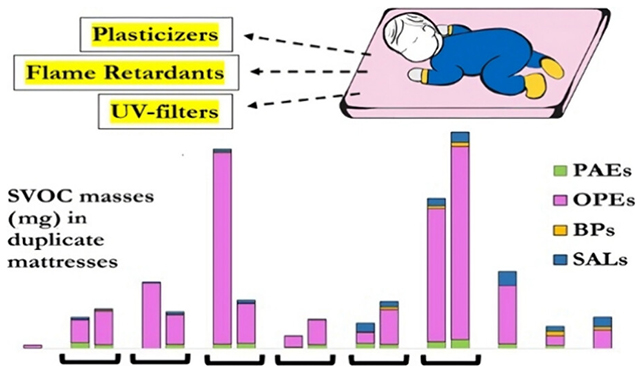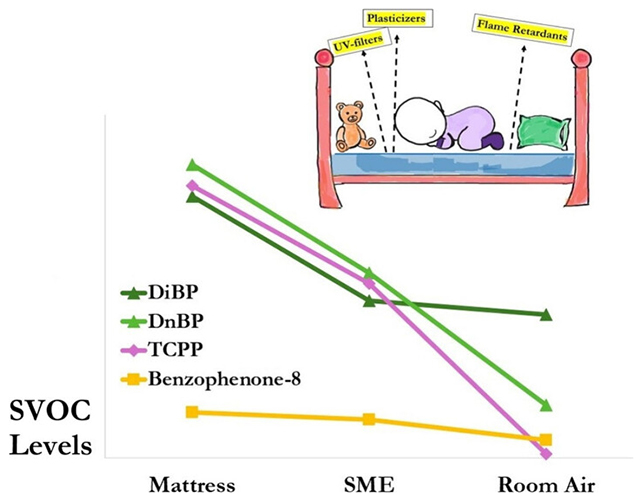Children’s mattresses may be giving off chemicals associated with damage to the brain, according to new research – a discovery which raises serious concerns about the safety of youngsters in their own bedrooms.
Led by a team from the University of Toronto, the research measured chemical concentrations in the bedrooms of 25 kids aged between 6 months and 4 years old, as well as analyzing 16 newly purchased mattresses for chemical signatures.
The researchers were looking for semivolatile organic compounds or SVOCs, including substances used to improve mattress durability and fire resistance. These SVOCs have previously been linked to issues such as childhood asthma and cognitive problems.

The researchers say it’s concerning that many mattresses contain chemicals that may harm the brains of children.
“Sleep is vital for brain development, particularly for infants and toddlers,” says environmental chemist Miriam Diamond, from the University of Toronto.
“This is a wake-up call for manufacturers and policymakers to ensure our children’s beds are safe and support healthy brain development.”
More than two dozen types of SVOC were detected in the bedrooms of the kids, with higher concentrations around the sleeping microenvironments (SMEs), which include the mattress, bedding, and any toys in the bed.

In tests on new mattresses, the team was also able to simulate how body heat and weight could increase chemical emissions.
The research stops short of specifically quantifying the risk to children. We simply don’t yet know enough about how the chemicals could work together, how readily they might enter the body or how they might affect our health once they’re in there.
What is clear is that this is a worry for young and still-developing brains. One of the flame retardants, called tris(2-chloroethyl) phosphate, has actually been banned in Canada, where the study took place.
“It’s concerning that these chemicals are still being found in children’s mattresses even though we know they have no proven fire-safety benefit, and aren’t needed to comply with flammability standards,” says biophysical chemist Arlene Blum, from the Green Science Policy Institute in California.
The team found the presence of bedding items like pillows, blankets, and mattress protectors increased counts of particular SVOCs, and suggest parents limit these sources, as well as toys. Washing their children’s bedding more regularly could also help reduce the risk, the team says.
The authors are also calling for safety standards organizations and manufacturers to take responsibility, in terms of developing and then adhering to stricter guidelines around safe substances.
Besides still being in the formative stages of their growth as human beings, kids spend more time asleep and breathe more rapidly than adults, and have more permeable skin too – making their sleeping environments particularly important.
“Parents should be able to lay their children down for sleep knowing they are safe and snug,” says Blum.
The research has been published in two papers in Environmental Science & Technology Letters, here and here.


